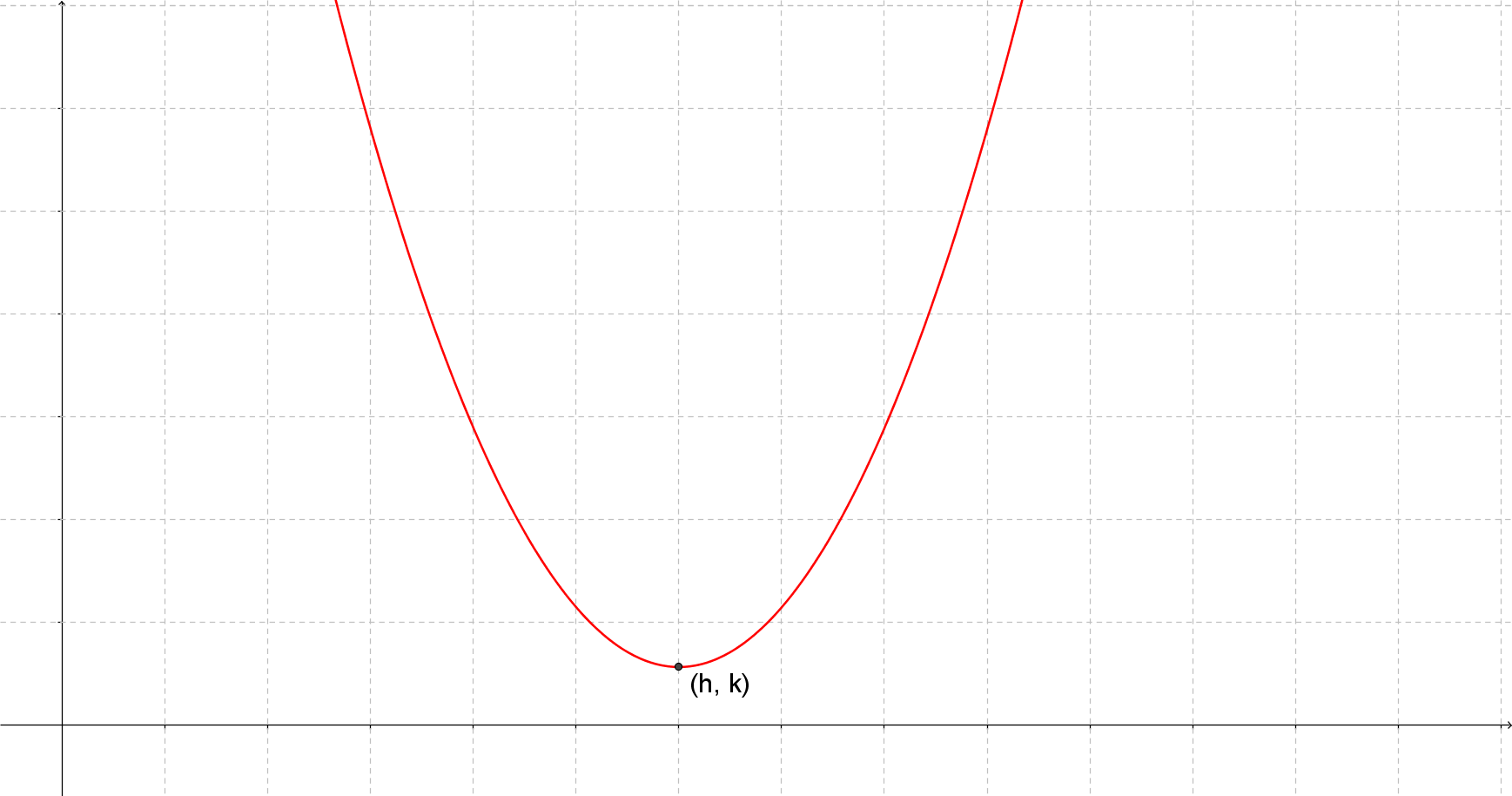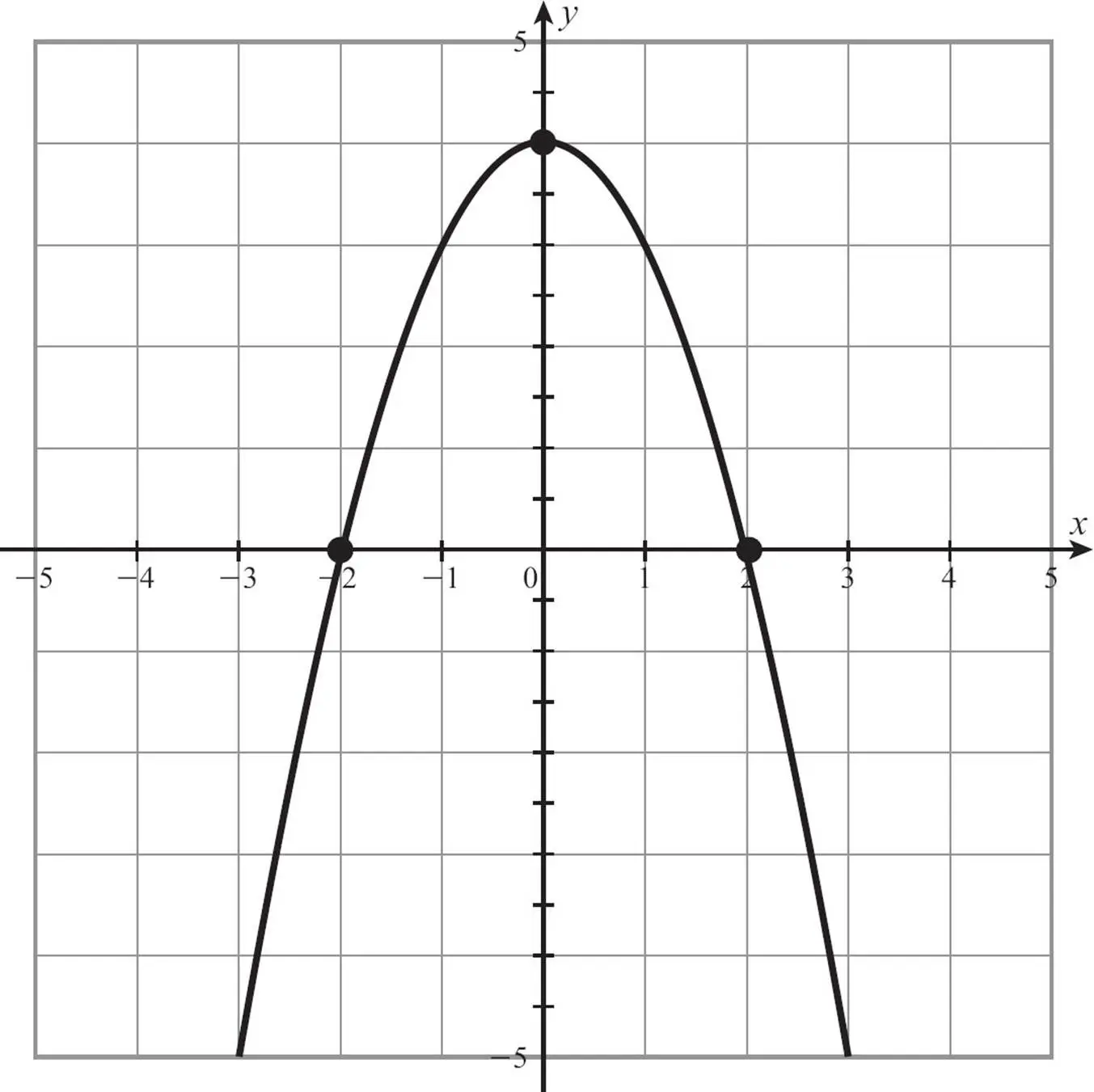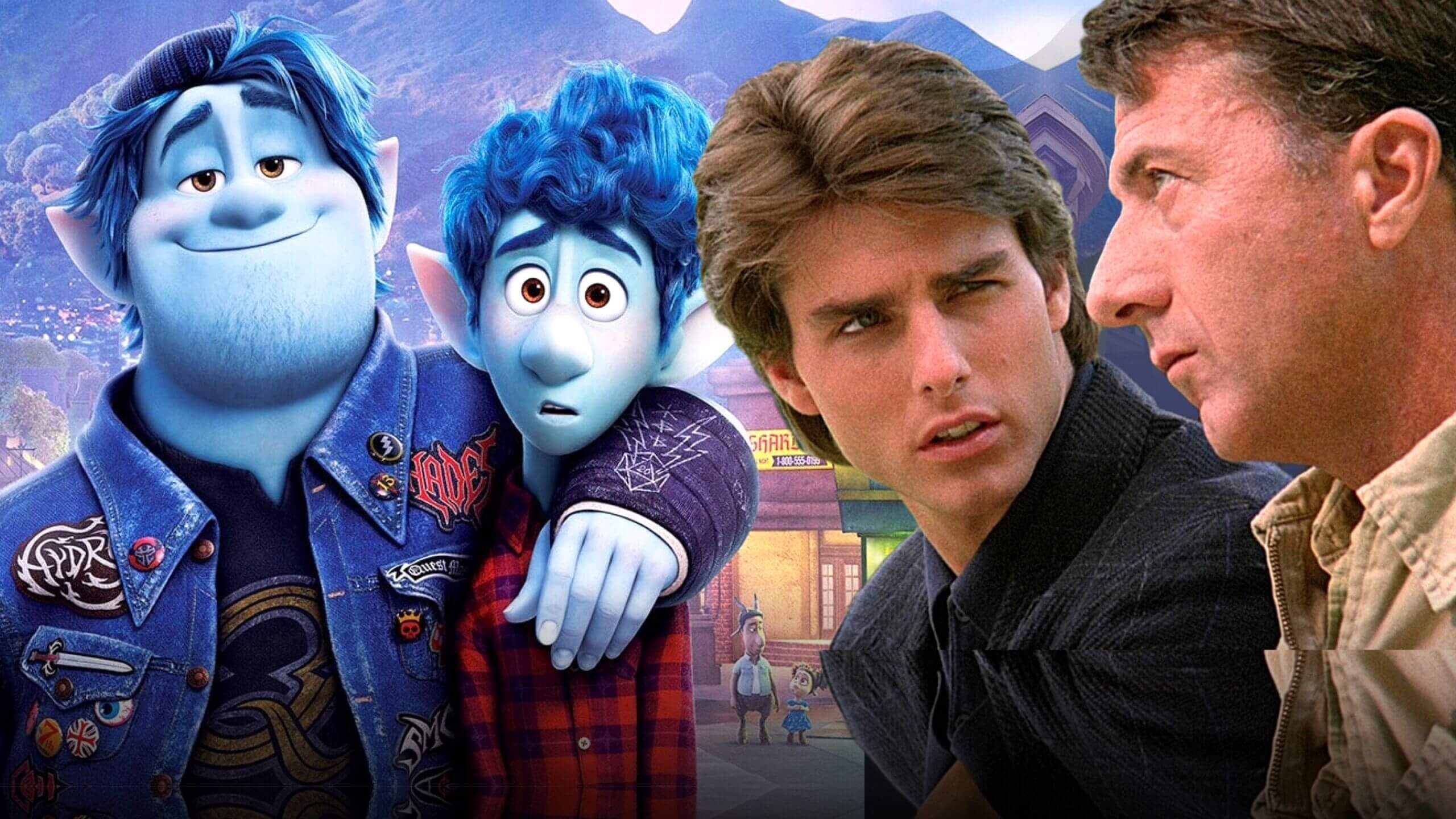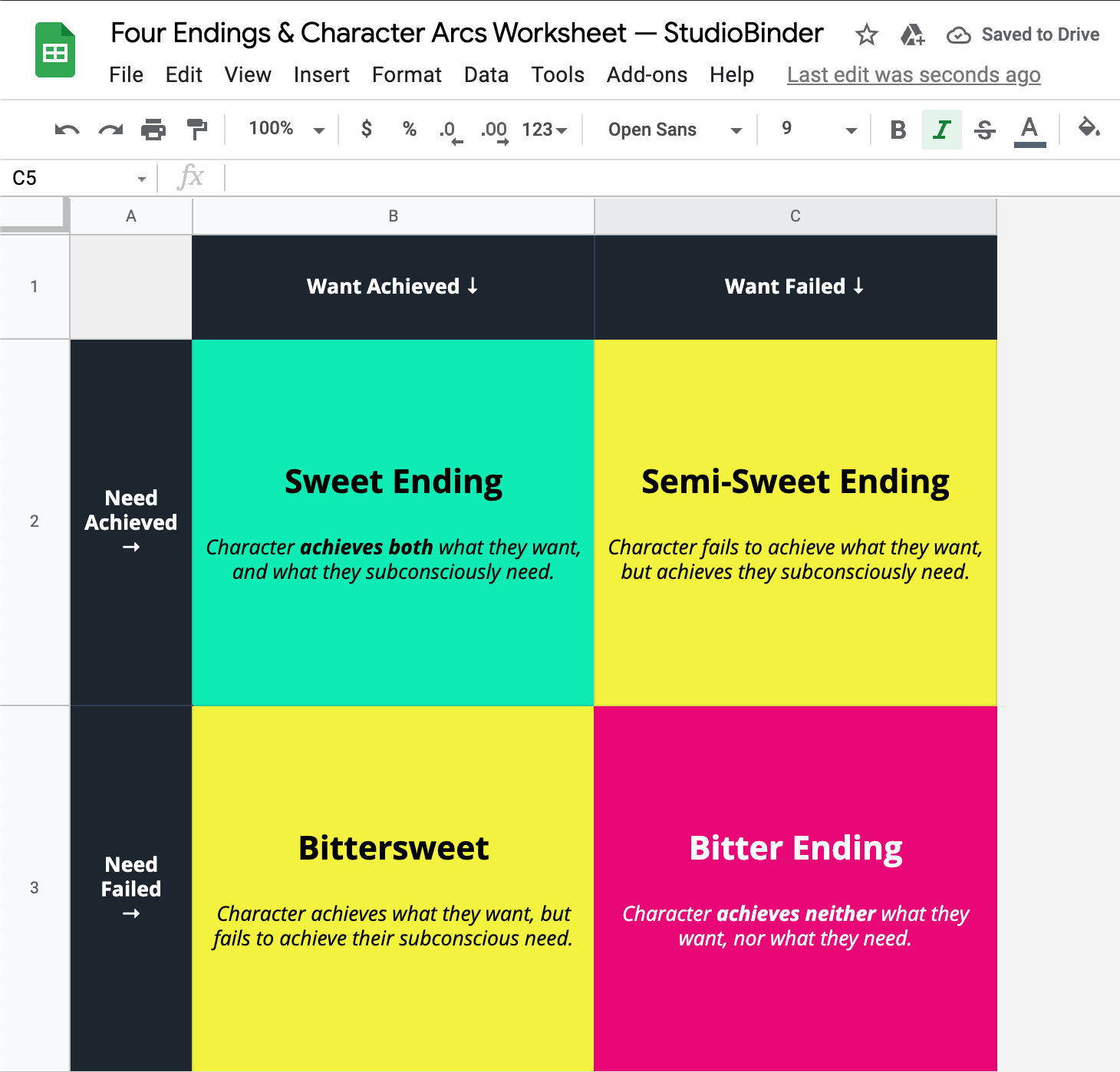What is a character arc and why are they so important in storytelling? A character arc is an essential part of writing a fully-fledged character. As much as we like seeing goals being achieved, it is the internal, positive change in characters that we really gravitate towards. We’re going to answer those questions with a character arc definition – then we’ll look at character arc examples in literature and film. By the end, you’ll know how to write a satisfying arc.
Character Change Over Time
The art of the character arc
Character arcs are essential aspects of every successful story because they tell us, whether directly or indirectly, what’s changed from beginning to end. But although these arcs tell us what’s changed, they don’t necessarily tell us what’s changed in the character.
Some characters are flat — so as to say they stay the same despite the changing circumstances around them. This next video takes an all-encompassing look at these arcs, flat or otherwise.
How to Create Character Arcs by Tyler Mowery
There are dozens of types of character arcs, but we’re going to focus on three main types: the flat, the descent, and the ascent. But before we dive into our examples, let’s formally define character arc.
CHARACTER ARC DEFINITION
What is a character arc?
A character arc is the measure of how a character changes over time. These arcs are linear — so as to say they always have a beginning and end. But they don’t have to coincide with story arcs. For example: a story arc may start at its linear end, but that doesn’t mean the character arc begins at its end too.
Types of Character Arcs:
- Moral Ascent
- Moral Descent
- Flat
Analyzing the Best Character Arcs
Guide to creating character arcs
In all of cinema, there is perhaps no arc as flawlessly executed as that of Michael Corleone in The Godfather. Want to learn more about what makes Michael’s arc so good? Check out our video on his journey that writer K.M. Weiland calls a "corruption arc."
What is a Character Arc? • Subscribe on YouTube
You don’t have to be Francis Ford Coppola or Mario Puzo to write a great arc; don’t be afraid to take inspiration from their work, but don’t be afraid to make it your own too. Our free character arc worksheet will help you get started. Just enter your e-mail and we’ll send you a copy!
Free downloadable bonus
FREE Download
Character Arc + 4 Endings Worksheet
Download this interactive worksheet to help guide both your character's arc and the type of ending you're aiming for. By laying out the Wants and Needs of your character in advance, you'll be able to construct a character arc and ending that are perfectly matched and ultimately satisfying.
Change Arcs Explained
How to use the flat character arc
The flat character arc is different from every other arc because it isn’t measured by a character’s personal change but rather by the change around them. Flat characters don’t change their morals or ideals to match the changing circumstances around them – and they tend to be stereotyped, one-dimensional characters.
Perhaps the most iconic flat character example is Marty McFly from Back to the Future. Check out our video essay on Marty’s flat arc below, then read our Back to the Future script breakdown for more detailed analysis.
Character Arcs List • Subscribe on YouTube
Marty McFly isn’t the only flat character though: there are thousands of others. Here are some of the most iconic:
- Sherlock Holmes
- Most Iterations of James Bond
- Howard Ratner in Uncut Gems
- Paddington Bear
Flat arcs are perfect for passive characters that let the story come to them. Some screenwriters like to think of flat characters as story vehicles – acting like conduits for the audience to experience the story in an immersive way.
Related Posts
Good Character Arc Definition
How to write an ascending character arc
The ascending arc can take two forms: either as a v-shaped parabola, or as a slowly-ascending line on an x-y chart. The v-shaped parabola is perhaps the more interesting ascending arc because it utilizes the always great dramatic maxim, “before things get better, they have to get worse.”

What is a Character Arc? • V-Shaped Character Arc Graph
In the v-shaped arc, the character starts at a neutral position. Then, they encounter an inciting incident that introduces conflict, which causes them to sink to their lowest point. But the character perseveres to dig themselves out from rock-bottom and ascend back up to their previous state. In some cases, the character exceeds past their neutral state into a state of enlightenment.
Without spoiling too much, some examples of the v-shaped arc include:
- Don Draper in Mad Men
- Anakin Skywalker in Star Wars
- Cooper in Interstellar
V-Shaped Arc in Interstellar • Subscribe on YouTube
The v-shaped arc is the perfect arc for writing heroic protagonists. V-shaped arcs call for character depth – they demand the exposing of a character’s weakness and the display of their subsequent perseverance.
A perfect example of this can be found with Humphrey Bogart’s Rick Blaine in the Casablanca script.
Rick starts in a neutral position, then thrown into descent with the arrival of his lost lover. At his lowest point, Rick falls into a drunken rage. But Rick perseveres and overcomes internal and external conflict to emerge a hero.
Related Posts
Negative Character Arc Examples
How to write a descending character arc
The descending arc is the antithesis of the ascending arc. Whereas the latter is defined by a journey upwards to a state of achievement, the former is defined by a journey downwards to a state of failure.

What is a Character Arc? • Inverted V-Shaped Arc
Perhaps the best examples of descending arcs can be found in anti-heroes. Most (not all) anti-heroes face an inverted-v arc – so as to say they start in a bad state, find success by embracing their dark side, then ultimately fail. Here are some examples of the descending arc:
- Henry Hill in Goodfellas
- Light Yagami in Death Note
- Walter White in Breaking Bad
Walter White is a great example of an inverted v-shaped arc. Let’s lay it out (spoilers beware): Walt starts at a bad position when he’s diagnosed with cancer. Then, he starts a financially lucrative meth business; his moral descent mirrors his social ascent.
But once Walt reaches the top, he becomes overconfident and slips up, leading all the way back to the death sentence he started with. If you want a refresher on Walt’s arc, check out the video below.
Negative Character Arc Examples • Walter White
The descending arc is almost always defined by a tragic flaw. A tragic flaw is a flaw that ultimately leads to a character’s undoing. All of Shakespeare’s tragedies feature a character with a tragic flaw.
Take Macbeth for example: Macbeth is addicted to ambition and that addiction eventually leads to his demise. When writing a descending arc, always remember to plant a tragic flaw.
Importance of Types of Character Arcs
Why character arcs are important
Character arcs are important because they show us what changes over time. Think about it: what’s the point of a story if nothing happens? Very few stories can be Waiting for Godot.
We want to see characters fail or succeed. We want to see characters face consequences for bad deeds or receive rewards for doing the right things. Of course, these general wants can be subverted with satire and irony too. But in the end, just remember: change is conflict and conflict is good.
Related Posts
UP NEXT
Character Development Worksheet
Interested in turning your arc idea into something tangible? Check out our next article in which we outline how to use a character development worksheet. We’ll explain how character development works, with examples from Seinfeld, Black Panther, and more. By the end, you’ll be equipped with all the knowledge needed to start writing a great arc.

